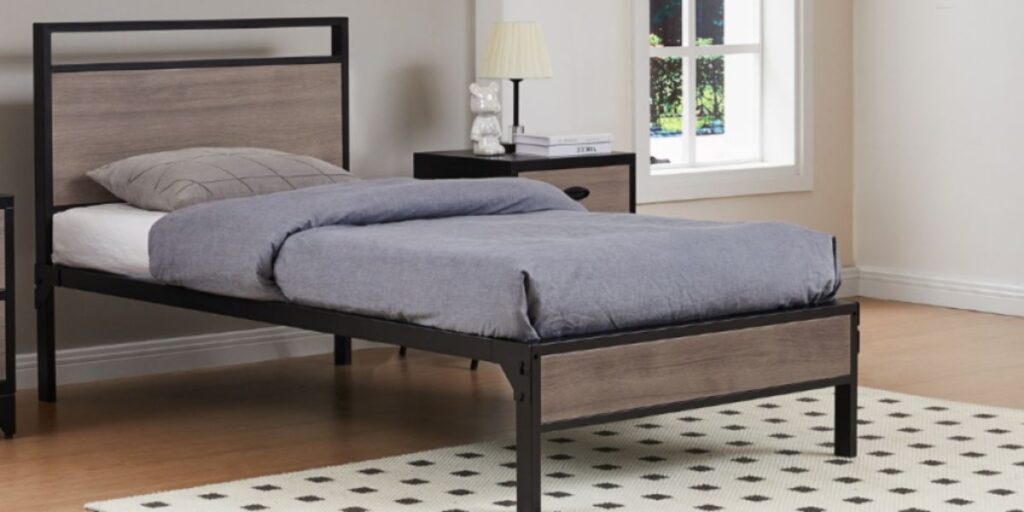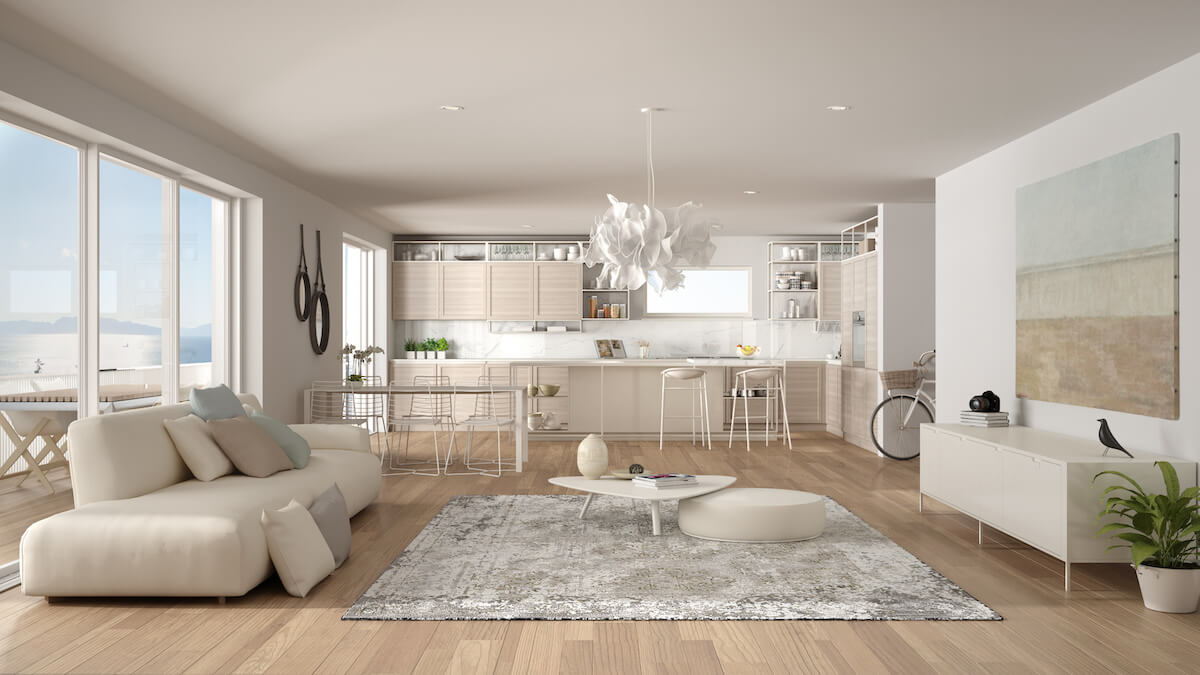All Categories
Featured
When it comes to designing and furnishing your home, selecting the best style of furniture is one of the most essential choices. 2 prominent selections are standard and modern furnishings styles.
Conventional Furnishings: Typical furniture, on the various other hand, attracts ideas from past historical periods, such as the 19th and 18th centuries. It features extra complex and elaborate details, with a concentrate on craftsmanship and classic styles. This style is frequently connected with a cozy and welcoming aesthetic, with furniture pieces showcasing attractive elements like carved wood, rich materials, and stylish coatings. Standard furniture has a tendency to have an extra official look, and its layout is rooted in history, typically with intricate patterns, sophisticated curves, and antique finishes.
![]()
Typical Furnishings: Typical furnishings is known for utilizing abundant, natural materials like strong timber, leather, and textiles. Hardwood furniture items, commonly made from oak, walnut, cherry, or mahogany, are usual in typical styles. The finishes have a tendency to be darker and extra sleek, with complex woodwork and elegant outlining. Furniture is typically made from luxurious materials like brocade, velour, or silk, which include to the opulent feeling of standard layouts. The products in traditional furniture are normally extra considerable and developed to last for generations.
![]()
Standard Furnishings: Typical furniture, by contrast, often incorporates richer, much deeper color tones. Tones of wine red, woodland green, navy blue, and gold are regularly made use of to create a warm and inviting ambience. Patterns such as floral prints, damask, and stripes prevail in traditional furniture pieces, including an aspect of elegance and appeal. Using richer shades assists bring depth and personality to the room, giving it a more timeless and timeless appeal.
![]()
Typical Furnishings: While conventional furniture additionally values comfort, the emphasis is extra on creating a timeless and extravagant allure. Comfort is prioritized, particularly in seating pieces such as chairs and sofas, however typical furniture does not necessarily stress the flexibility or performance that is common in contemporary items.
Standard Furnishings: Conventional furnishings is finest fit for homes that accept a more classic, formal design. While it can be mixed with modern-day elements, traditional furnishings often tends to control the space and is frequently the focal point.
Conclusion. Eventually, choosing between modern and traditional furniture comes down to your individual preferences and the total ambiance you desire to create in your living space. Contemporary furnishings provides smooth, minimal designs and capability, while traditional furniture brings timeless sophistication, detailed craftsmanship, and a warm, inviting feel.
- Design and Visual. Contemporary Furnishings: Contemporary furnishings is all regarding tidy lines, minimalist designs, and a concentrate on capability. The style is continuously developing and often tends to include current trends in design, commonly mixing different impacts. This style welcomes open rooms, geometric shapes, and smooth, smooth surface areas. Contemporary furniture has a tendency to have actually an understated sophistication, with much less focus on ornamentation. Often, less is much more, with the design prioritizing simplicity and practicality.
Conventional Furnishings: Typical furniture, on the various other hand, attracts ideas from past historical periods, such as the 19th and 18th centuries. It features extra complex and elaborate details, with a concentrate on craftsmanship and classic styles. This style is frequently connected with a cozy and welcoming aesthetic, with furniture pieces showcasing attractive elements like carved wood, rich materials, and stylish coatings. Standard furniture has a tendency to have an extra official look, and its layout is rooted in history, typically with intricate patterns, sophisticated curves, and antique finishes.
- Materials and Finishes. Contemporary Furniture: In modern style, products have a tendency to be much more modern and varied. Furnishings made from metal, glass, and plastics are frequently utilized, often paired with timber to create streamlined and contemporary pieces.

Typical Furnishings: Typical furnishings is known for utilizing abundant, natural materials like strong timber, leather, and textiles. Hardwood furniture items, commonly made from oak, walnut, cherry, or mahogany, are usual in typical styles. The finishes have a tendency to be darker and extra sleek, with complex woodwork and elegant outlining. Furniture is typically made from luxurious materials like brocade, velour, or silk, which include to the opulent feeling of standard layouts. The products in traditional furniture are normally extra considerable and developed to last for generations.
- Color Palettes. Contemporary Furniture: Contemporary furnishings accepts neutral color plans, such as shades of gray, white, black, and off-white. Vibrant accents and pops of shade are often utilized to produce focal points, either via throw cushions, artwork, or rugs.

Standard Furnishings: Typical furniture, by contrast, often incorporates richer, much deeper color tones. Tones of wine red, woodland green, navy blue, and gold are regularly made use of to create a warm and inviting ambience. Patterns such as floral prints, damask, and stripes prevail in traditional furniture pieces, including an aspect of elegance and appeal. Using richer shades assists bring depth and personality to the room, giving it a more timeless and timeless appeal.
- Performance and Convenience. Contemporary Furniture: Capability is a key function of contemporary furniture. Contemporary furniture commonly includes integrated storage solutions, multi-functional pieces, and ergonomic designs, making certain that both type and feature are balanced.

Typical Furnishings: While conventional furniture additionally values comfort, the emphasis is extra on creating a timeless and extravagant allure. Comfort is prioritized, particularly in seating pieces such as chairs and sofas, however typical furniture does not necessarily stress the flexibility or performance that is common in contemporary items.
- Design Integration. Contemporary Furnishings: Contemporary furniture functions well in contemporary homes, particularly those with open-plan layouts. Its clean, minimalist layout is perfect for minimal spaces or insides that stress an even more commercial, city, or Scandinavian look. Contemporary items can additionally mix effortlessly with various other style styles, such as mid-century modern, transitional, and even conventional, because of their versatile and ever-evolving nature.
Standard Furnishings: Conventional furnishings is finest fit for homes that accept a more classic, formal design. While it can be mixed with modern-day elements, traditional furnishings often tends to control the space and is frequently the focal point.
Conclusion. Eventually, choosing between modern and traditional furniture comes down to your individual preferences and the total ambiance you desire to create in your living space. Contemporary furnishings provides smooth, minimal designs and capability, while traditional furniture brings timeless sophistication, detailed craftsmanship, and a warm, inviting feel.
Latest Posts
Top Tips for Managing Persistent Eye Conditions: A Thorough Technique
Published Jan 20, 25
0 min read
What Are the Conveniences of Routine Vision Screenings?
Published Jan 20, 25
0 min read
What Are the Distinctions Between Contemporary and Typical Furniture Styles?
Published Jan 20, 25
0 min read
More
Latest Posts
Top Tips for Managing Persistent Eye Conditions: A Thorough Technique
Published Jan 20, 25
0 min read
What Are the Conveniences of Routine Vision Screenings?
Published Jan 20, 25
0 min read
What Are the Distinctions Between Contemporary and Typical Furniture Styles?
Published Jan 20, 25
0 min read